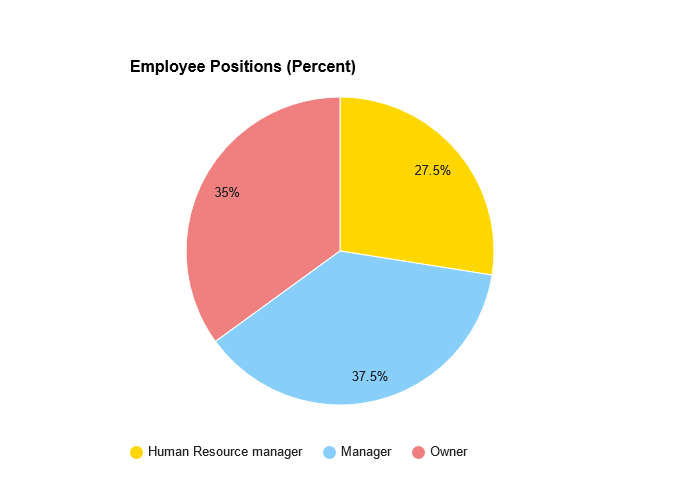
Alice and John: Understanding Enforcement Measures
Alice and John are navigating the complexities of enforcement measures under the Uniform Act. Here’s how their experiences illustrate key aspects of the process:
Alice's Case: The Basics of Enforcement
Alice is a creditor who’s facing difficulties in getting a defaulting debtor to meet their obligations. Here’s how Alice's situation unfolds:
-
Choosing Enforcement Measures:
Alice has the option to attach the debtor’s property or take protective measures to secure her claim. She chooses to attach the debtor's assets to compel payment. The law requires that any such measure must not exceed what is necessary to secure the debt or protect her rights. If Alice's actions are deemed excessive, the court can order the release of the unnecessary measures and even award damages to the debtor if the actions were prejudicial. -
Handling Immovable Property:
If Alice’s claim involves immovable property, she could request the court to delay the execution and first target movable property, unless a mortgage or other rights are involved. This ensures that the debtor’s essential assets are not unduly disrupted. -
Ensuring Legal Capacity:
Alice must ensure that any protective or enforcement measures are executed by persons with the legal capacity to do so. If someone acts on her behalf, they must be properly mandated, and all actions must comply with legal requirements.
John's Experience: Special Considerations
John’s situation involves a legal entity under public law, which brings additional considerations:
-
Enforcement Against Public Entities:
John discovers that forceful enforcement cannot be applied directly to public entities like the State or local authorities. However, if the debt is certain and due, it can be offset against debts owed to the public entity, provided there is reciprocity. If the debt remains unpaid after formal notice for three months, John can request that it be registered as compulsory expenditure in the public entity's budget. -
Emergency Measures:
In cases where enforcement could disrupt public services, John can request the court to take emergency measures. This involves ensuring that the debtor performs acts that facilitate or guarantee payment. -
Foreign Entities and Immunities:
John’s attempts to enforce a debt against a foreign public entity or international organization might be met with immunity protections. Enforcement actions require express waivers of immunity, as per international agreements.
Provisional Measures:
Both Alice and John need to be aware that forceful enforcement, except for immovable property auctions, can be pursued through provisional writs of execution. This allows them to start enforcement actions before a final judgment but comes with the risk of having to compensate for any damages if the provisional measures are later modified.
Conclusion:
Understanding the enforcement measures available under the Uniform Act can help Alice and John navigate their legal challenges effectively. They must ensure compliance with legal requirements and be prepared for potential complications, especially when dealing with public entities or international organizations.









